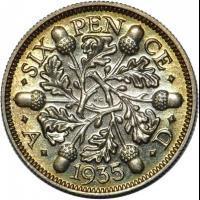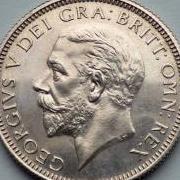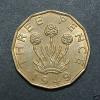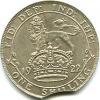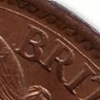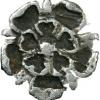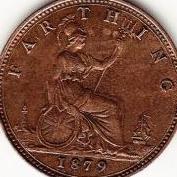A very rational idea, as logical an explanation as any. I guess that same rationale applies to the time the die was first cut too.
I think the interesting point to clear up, though, is the idea that when an error occurs, it’s assumed the highest device (the one in greatest relief) is the first entered, when in fact it’s only about which device has been struck the hardest/deepest that has it sit on top of another letter/number/device on the actual coin.
Diaconis talks about 5/8 and 8/5 but they are in this example one and the same (with only how hard the punch was struck to differentiate) when all the points are explored into how the 5 happened there in the first place. The 8 could’ve been first on the die and then unintentionally recut at a later date with a deep strike of the 5 (meaning to recut the 5 but using Colin’s suggestion), putting it in higher relief on the milled coin. Or, when the die was first made, a 5 was accidentally entered where the 8 should be, and was subsequently recut/repaired with a lighter strike of an 8, still leaving the 5 in higher relief on the milled coin.
A bit wordy, I’m not sure everyone is grasping the concept.
 Coinpublications.com
Coinpublications.com



